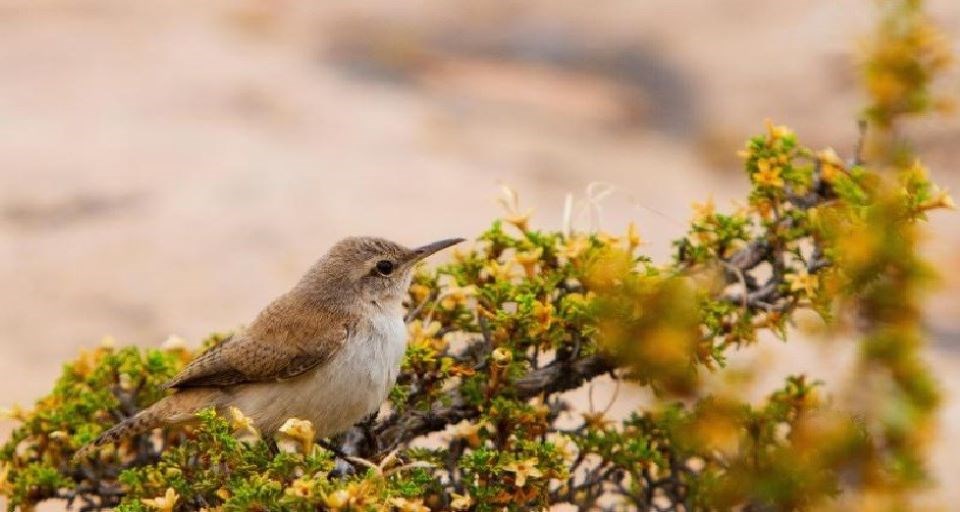Song is one of the most conspicuous and admired features of some of Colorado’s most common birds. Whether walking through a park, traveling through town, or sitting in our own backyard, bird song is all around us. But why do birds sing?
It’s thought among biologists that bird songs serve evolutionary functions. Songs are often loud and conspicuous, potentially attracting the attention of predators, not to mention it takes valuable energy to learn and produce the song.
“The general evolutionary thinking is that if they’re doing this, which takes some effort and can be costly to them, it probably has a function,” says Dr. Lauryn Benedict, an ornithologist studying the evolution of bird song at Northern Colorado University. “Song is the vocalization, often complex, often long, that birds use when they are trying to attract mates and defend territories and other resources.”
Songbirds make up nearly half of all known bird species. Though not all songbirds are said to “sing”, this group has distinctive vocal anatomy. Nearly all birds make sound with a vocal organ called the syrinx, but songbirds have specialized muscles around the syrinx enabling them to produce more complex sounds.
Benedict’s main study subject is the canyon wren, a small songbird that inhabits arid, rocky habitats in Colorado and other parts of the West. The males of this species have an instantly recognizable song — a cascade of descending notes, often followed by a few short, sharp tones. The females have a different song — a series of short, buzzy notes.
The differences in function of these male and female canyon wren songs provide scientists with clues as to how song evolves. The male’s has a long-distance function, broadcasting a message to potential territorial challengers. The female’s song, however, has a short-distance function and is restricted to aggressive encounters with other females that have invaded their territory.
According to Benedict, this sex-based difference in song is an evolutionary response to northern environments.
“As in most north temperate zone species, males do the vast majority of territory defense, while females are the ones who incubate and are investing more in that behavior. They’ve split up their time differently,” Benedict said.
Studying animal communication in the field takes a variety of tools. Benedict uses high quality recording equipment in conjunction with live observations to investigate the function of song.
“A lot of the data we take is just ‘how often did they sing that song and in what context,’” she stated.
In the study of animal communication, researchers decipher the meaning of a signal, be it a song, a body posture or a facial expression, by observing how the behavior of the signal receiver changes upon receiving the signal. To determine the meanings of individual bird songs, researchers often take song recordings and perform “playback” experiments.
“We play the songs back to them, and that just requires a decent speaker, and see how they respond,” Benedict said.
Bird song is an often-studied phenomenon, but there is still much to be learned.
“We’ve scratched the surface a little bit in terms of how birds use songs, but we have so much to understand in terms of how those develop, how birds learn songs, and the specifics of what different pieces of songs mean,” Benedict said.
Though bird song is all around us, it remains a relatively mysterious phenomenon. Enigmatic as it may be, the music of the canyon wren and other songbirds continues to delight birders and scientists alike.



